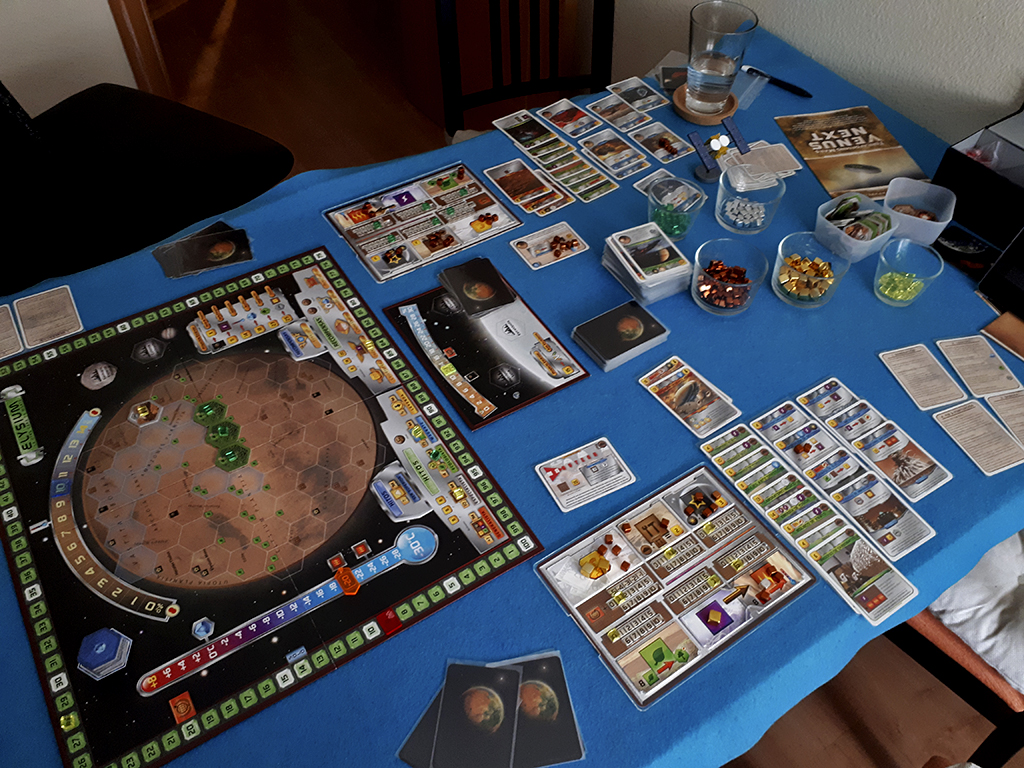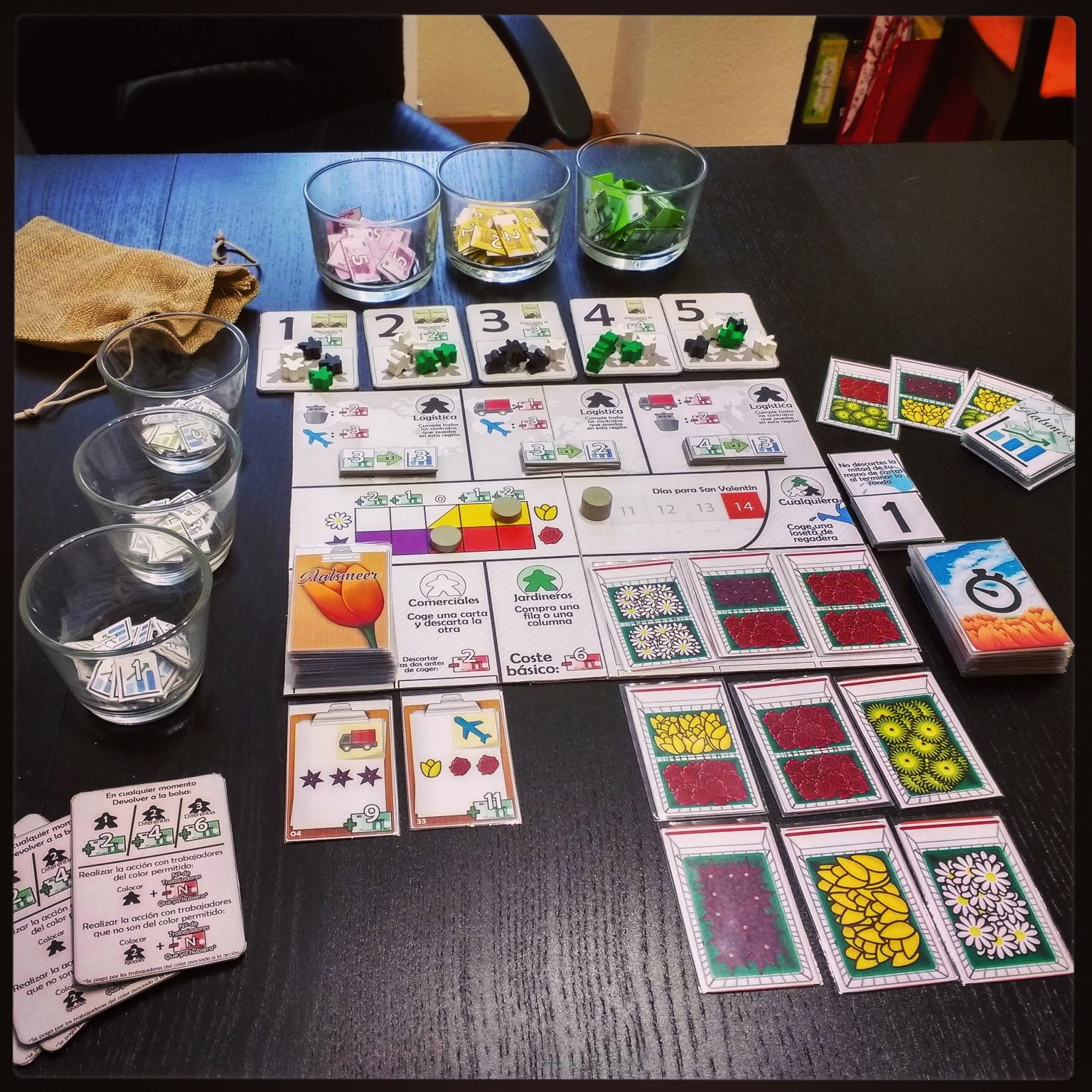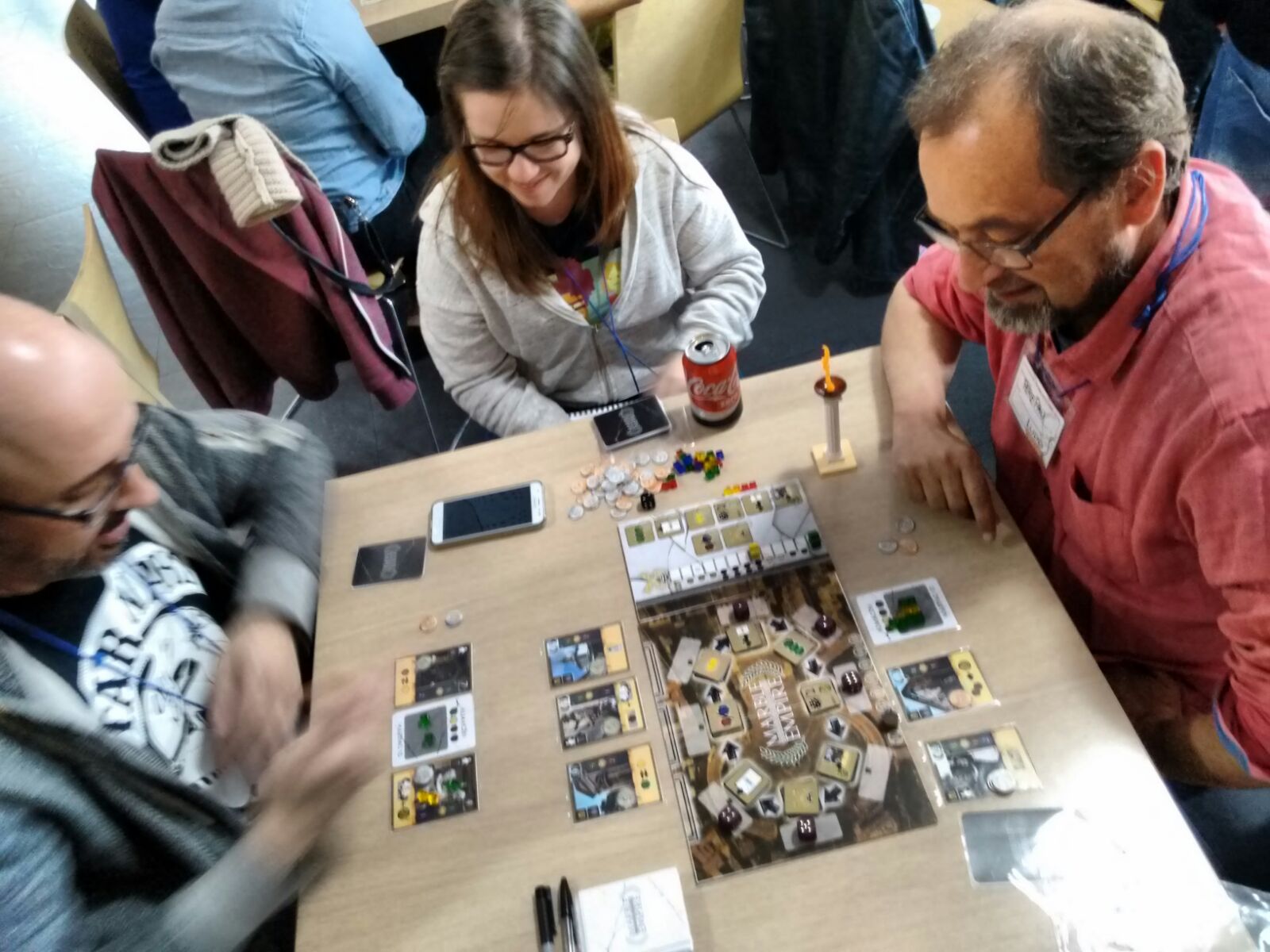The Art of Waterfowl Pursuit
The thrill of duck hunting is a pastime enjoyed by many, but few truly understand the intricacies and complexities that go into it. Beyond the surface-level excitement of chasing waterfowl lies a world of strategy, technique, and gear expertise. In this article, we’ll delve deeper into the features and mechanics of duck hunters, exploring what makes them successful in duckhuntersofficial.com their pursuit.
Hunting Gear: The Backbone of Duck Hunting
At its core, duck hunting is about equipment – specifically, firearms, ammunition, and decoys. A hunter’s arsenal consists of a shotgun or muzzleloader, capable of handling various types of shells. Shotguns come in different gauges (12, 16, and 20), each suited for specific types of hunting and distances.
-
Shotguns: The Workhorse
- Gauges: 12, 16, and 20
- Types: Pump-action, semi-automatic, break-action, and side-by-side
Ammunition is another crucial aspect of duck hunting. Shells come in various types:
-
Types of Ammunition
- Buckshot : Ideal for close-range shooting
- Birdshot : Suitable for longer ranges and more versatile
- Steel Shot : Eco-friendly alternative to lead shot
- Skinsavers and TSS (Tungsten Super Shot) : High-performance options for experienced hunters
Decoys are a vital part of the hunt, used to attract waterfowl. They’re available in various materials:
-
Decoy Materials
- Silicon-based : Durable and resistant to weather conditions
- EVA (Ethylene-Vinyl Acetate) : Lightweight and easy to use
- Molded Plastic : Affordable and effective
Waterfowl Behavior: Understanding the Prey
Understanding waterfowl behavior is essential for successful duck hunting. Factors such as habitat, weather, and time of day influence their movements:
-
Factors Influencing Waterfowl Migration Patterns
- Weather : Wind direction, temperature, and precipitation
- Habitat : Availability of food, water, and shelter
- Time of Day : Dawn and dusk are prime hunting times
Tactics and Techniques: Bringing it All Together
While equipment is crucial, tactics and techniques make a hunter’s experience more successful. These include:
-
Blinds and Concealment
- Ground Blinds : Camouflage structures for ground-level hunting
- Tree Stands : Elevated platforms for observing waterfowl
- Camouflage Gear : Clothing and equipment designed to blend in with surroundings
-
Calling and Decoy Spreads
- Duck Calls : Devices that mimic waterfowl sounds to attract birds
- Decoy Spreads : Arrangements of decoys used to lure in prey
The Hunting Experience: Challenges and Rewards
Duck hunting is not without its challenges. Weather, habitat conditions, and equipment failures can all impact a hunter’s success:
-
Common Challenges Faced by Duck Hunters
- Weather Conditions : Rain, wind, or extreme temperatures
- Habitat Limitations : Limited access to prime hunting areas
- Equipment Malfunctions : Shotgun jams, broken gear
Despite these challenges, the rewards of duck hunting are numerous:
-
Emotional and Psychological Benefits
- Connection with Nature : Immersion in a natural environment
- Social Bonds : Shared experiences with fellow hunters
- Personal Growth : Development of skills and self-confidence








